The national workshop on sea turtle and marine mammal conservation took place at the EnvironmentalEducation Center, Con Dao National Park Management Board (Ba Ria - Vung Tau) on July 26-27.
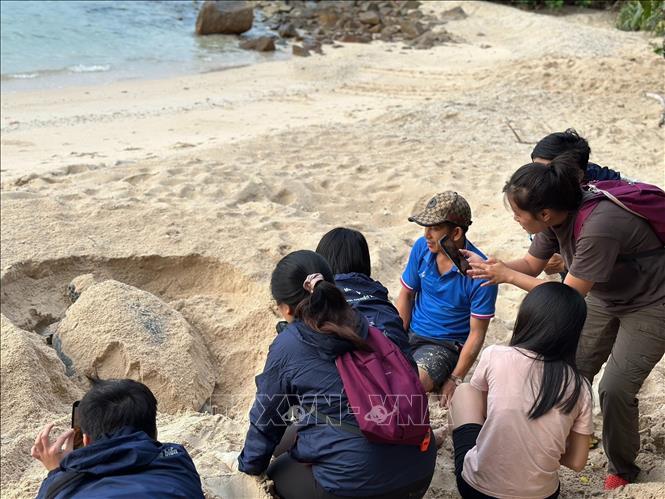
Volunteers help turtles lay eggs and tourists experience a tour to see turtles laying eggs at Bai Cat Lon - Hon Bay Canh, Con Dao National Park Management Board. Photo: VNA
The workshop is an opportunity for delegates to evaluate the results of the implementation of the National Action Plan on the conservation of Vietnam's sea turtles for the period 2016 - 2025, and introduce some results, solutions, and models for the conservation of sea turtles and marine mammals. The workshop provides orientations and proposes solutions for the conservation of sea turtles and marine mammals in the coming time. Mr. Le Tran Nguyen Hung, Head of the Department of Protection and Development of Aquatic Resources, Department of Fisheries Control, said that recently, the Ministry of Agriculture and Rural Development has issued the National Action Plan on the conservation of Vietnam's sea turtles for the period 2016 - 2025 with the goal of at least 5% of trawl vessels and 10% of trawl vessels using turtle escape devices (TED), 100% of sea turtle habitats being protected; perfecting the system of organizations, mechanisms, conservation policies and databases on sea turtles from the central to local levels. The Agriculture sector organized many activities to implement the Plan, specifically: Building a report on contents related to marine mammal conservation in Vietnam, in which it provided information on groups of aquatic species exploited, processed, and farmed for export to the United States; proposing environmental tasks to conduct a preliminary investigation and assessment of the rate of unintentional exploitation of marine mammals in the seafood exploitation industry, proposing management measures to reduce the rate of unintentional exploitation and conserve marine mammals; building a technical process for rescuing marine mammals; building a draft, collecting comments from relevant agencies and units inside and outside the Ministry... Mr. Le Hong Son, Head of the Department of Conservation and International Cooperation, Con Dao National Park Management Board informed that the Management Board is one of the units implementing the most effective sea turtle protection model. In the period 2020 - 2022, Con Dao National Park recorded 2,347 mother turtles returning to this sea area to nest and lay eggs, an average of 782±129 mother turtles/year, an increase of 42.24% compared to the period (2017 - 2019); 2022 was the year with the most mother turtles returning to lay eggs (909 mother turtles), followed by 2020 (786 mother turtles), the lowest in 2021 (652 mother turtles).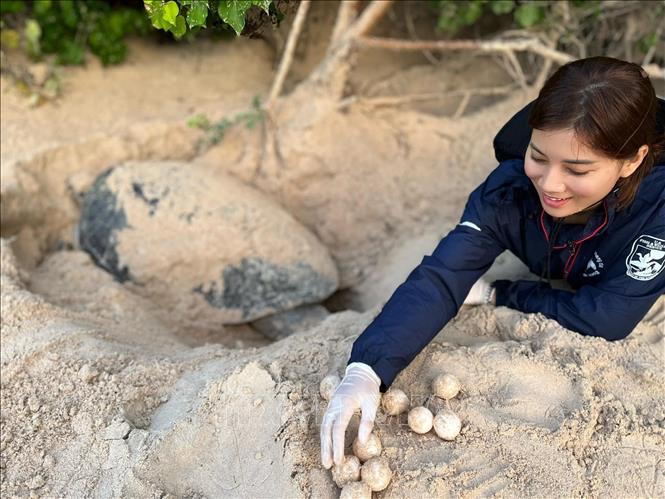
Volunteers from the joint program between IUCN and Con Dao National Park support the rangers at Hon Bay Canh to collect turtle eggs, count them, and then move them to an artificial turtle egg incubation pond. Photo: VNA
The total number of successfully rescued turtle nests in the five-year period (2020 - 2022) was 7,075 nests, an average of 2,358 ± 389.68 nests/year, an increase of 42.76% compared to the period (2017 - 2019). The location where sea turtles came to lay eggs on the beach with the most was Bay Canh with 4,851 nests; followed by Hon Cau with 747 nests; Hon Tre Lon with 732 nests; Bai Duong with 495 nests, Hon Tai with 162 nests; the remaining locations had 88 nests. In the first six months of 2023, 1,028 nests were rescued and artificially hatched. The total number of rescued turtle eggs recorded in the period (2020 - 2022) was 671,601 eggs, an average of 223,867 ± 40,272 eggs/year. 503,069 baby turtles have been hatched and released into the sea, an average of 167,690±41,576 baby turtles/year, an increase of 53.04% compared to the period (2017 - 2019). The rate of turtles hatched and released into the sea reached 76.98%... Con Dao National Park is the first place to research and apply an effective sea turtle conservation model, suitable for Vietnam's conditions, which can then be applied to other regions in the country. From the above results, Con Dao has become an important sea turtle conservation area in Vietnam, the region and the world. At the workshop, delegates said that the current difficulty is that funding for implementing tasks and projects is limited, leading to many contents not being implemented or not being implemented synchronously, so the efficiency is not high; The sea turtle conservation plan still lacks content to control, prevent illegal trade, and handle violations of sea turtle traders; There is no clear role of law enforcement forces such as: Environmental Police, Customs, Market Management, Army, Fisheries Surveillance... Currently, the situation of marine environmental pollution is increasingly serious, in which seafood exploitation is one of the main causes that greatly affects the marine ecosystem, especially sea turtles and other rare species. Turtle nesting grounds are being damaged by climate change and ocean waves. The area managed by Con Dao National Park is being eroded. Specifically, the sandbanks in the Northwest of the large island such as Dat Tham, Bai Ban, Dam Trau Nho, Ong Cuong, Ong Cau... and the sandbanks of small islands including Hon Tre Lon, Hon Tai, Hon Bay Canh, Hon Cau... are eroded, gradually losing the breeding habitat of rare globally protected sea turtles.
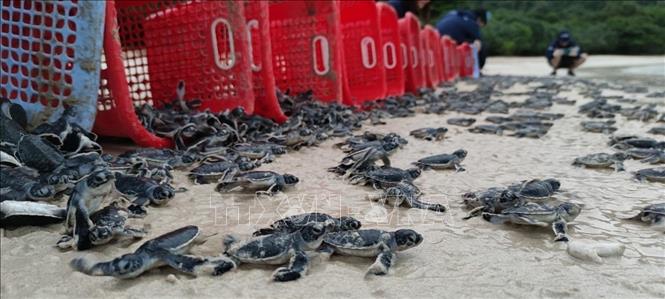
Volunteers release baby turtles into the sea at Bai Cat Lon-Hon Bay Canh, Con Dao National Park Management Board. Photo: VNA
Many delegates attending the workshop said that in the coming time, in order to effectively protect sea turtles and marine mammals, the authorities need to carry out many specific activities such as: clearly defining the roles and responsibilities of law enforcement forces in handling violations of sea turtle conservation; implementing communication activities on sea turtle conservation through the Sea Turtle Conservation Communication Project; socializing sea turtle rescue and release work. In the immediate future, priority will be given to deploying mini rescue stations in some localities where sea turtles are distributed, thereby moving towards establishing sea turtle rescue stations in key fishing areas. In addition, it is necessary to continue investigating, assessing, mapping the current status of sea turtles, their habitats and proposing solutions for sea turtle conservation; researching the genetics of Vietnam's sea turtle population; applying image recognition technology (PhotoID) to identify sea turtles; effectively implementing the Action Plan for the management and conservation of marine mammals in Vietnam; Establish a marine reserve according to the Fisheries Protection and Exploitation Plan for the period 2021-2030, with a vision to 2050, to protect the feeding and migration areas of sea turtles during the breeding season. After attending the workshop, delegates had a field trip to survey the conservation of forest ecosystems and visit the sea turtle conservation work at Hon Bay Canh - Con Dao National Park.
baotintuc.vn










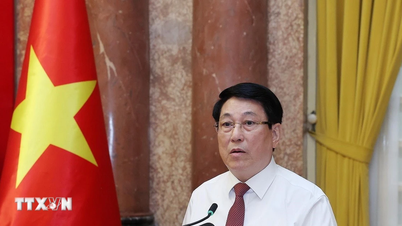

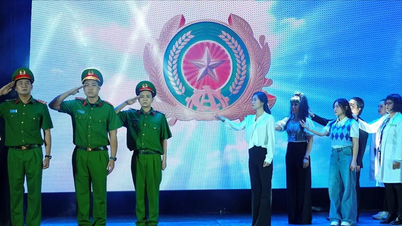

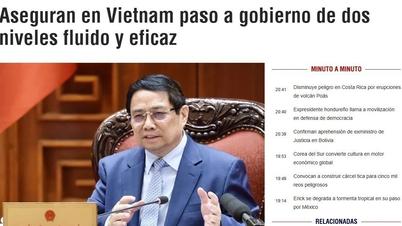

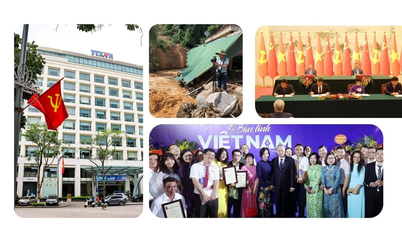




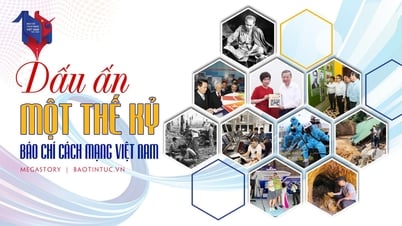
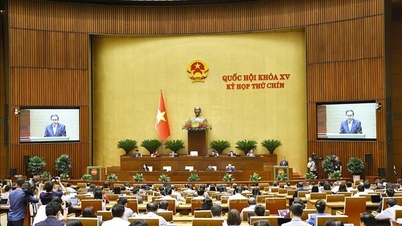

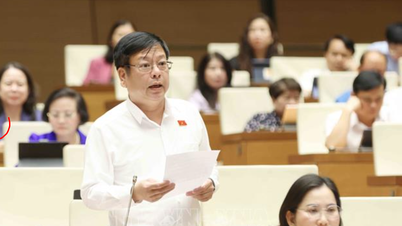

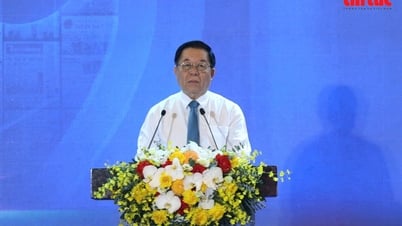




























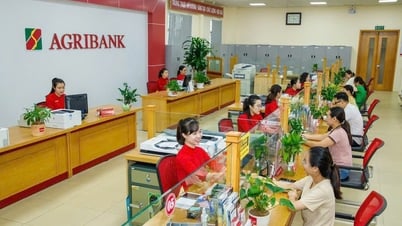
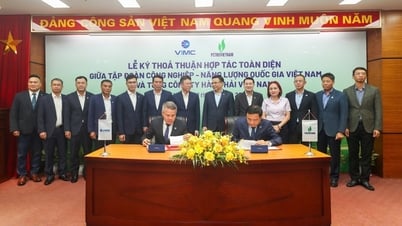













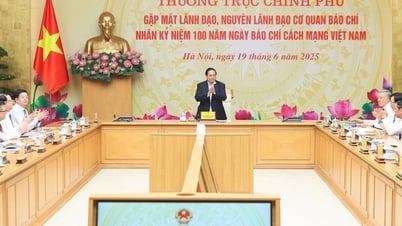






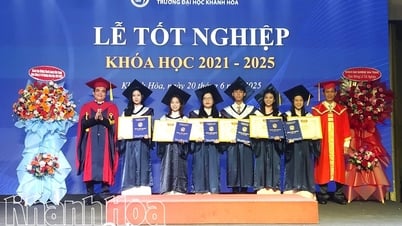



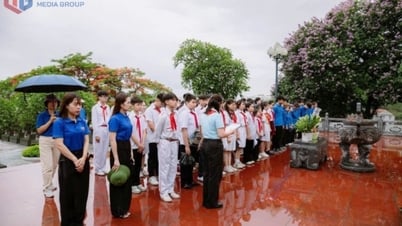
















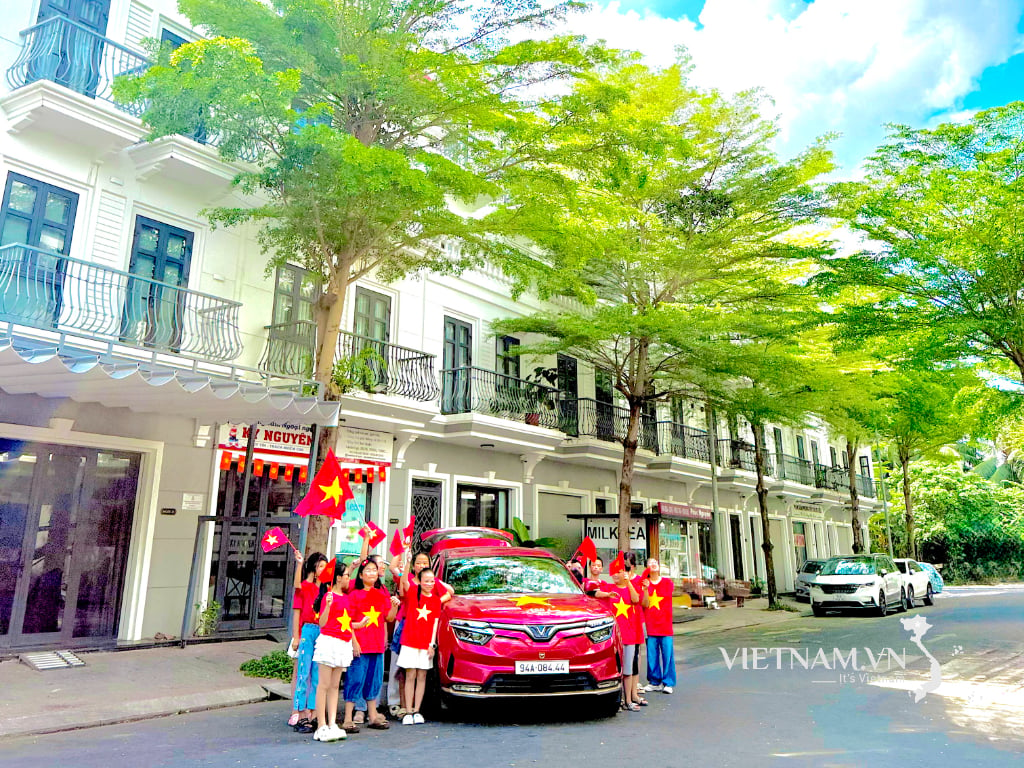
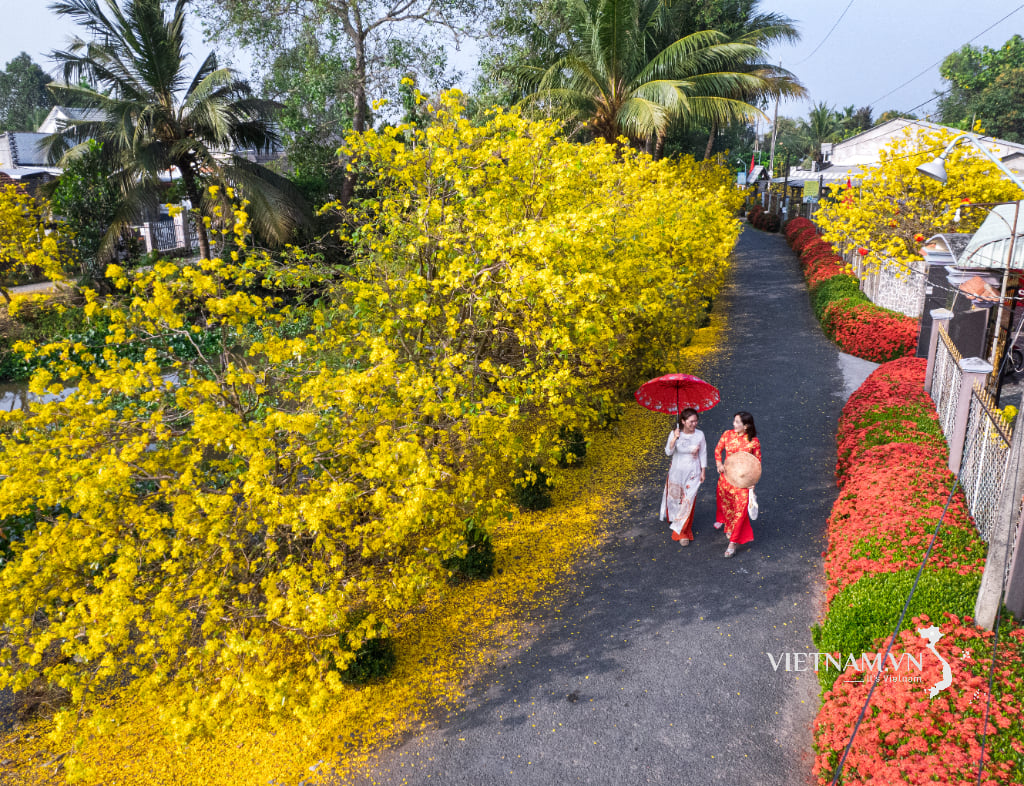
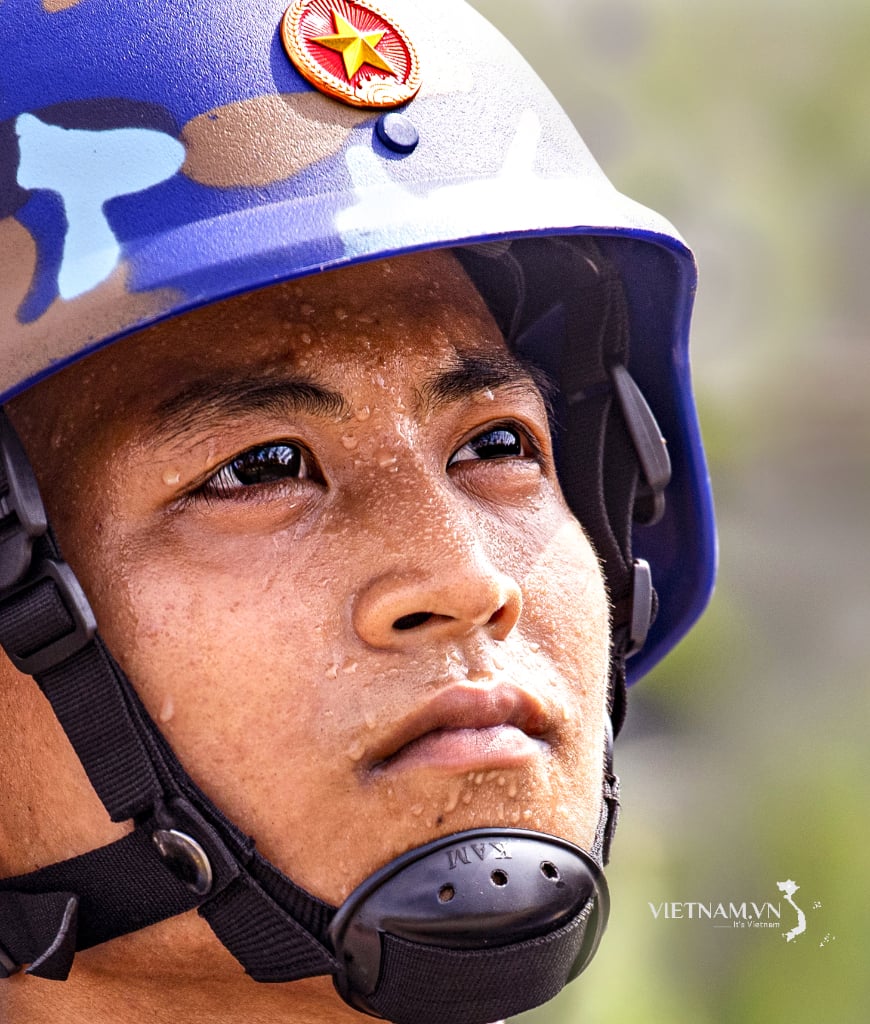

Comment (0)